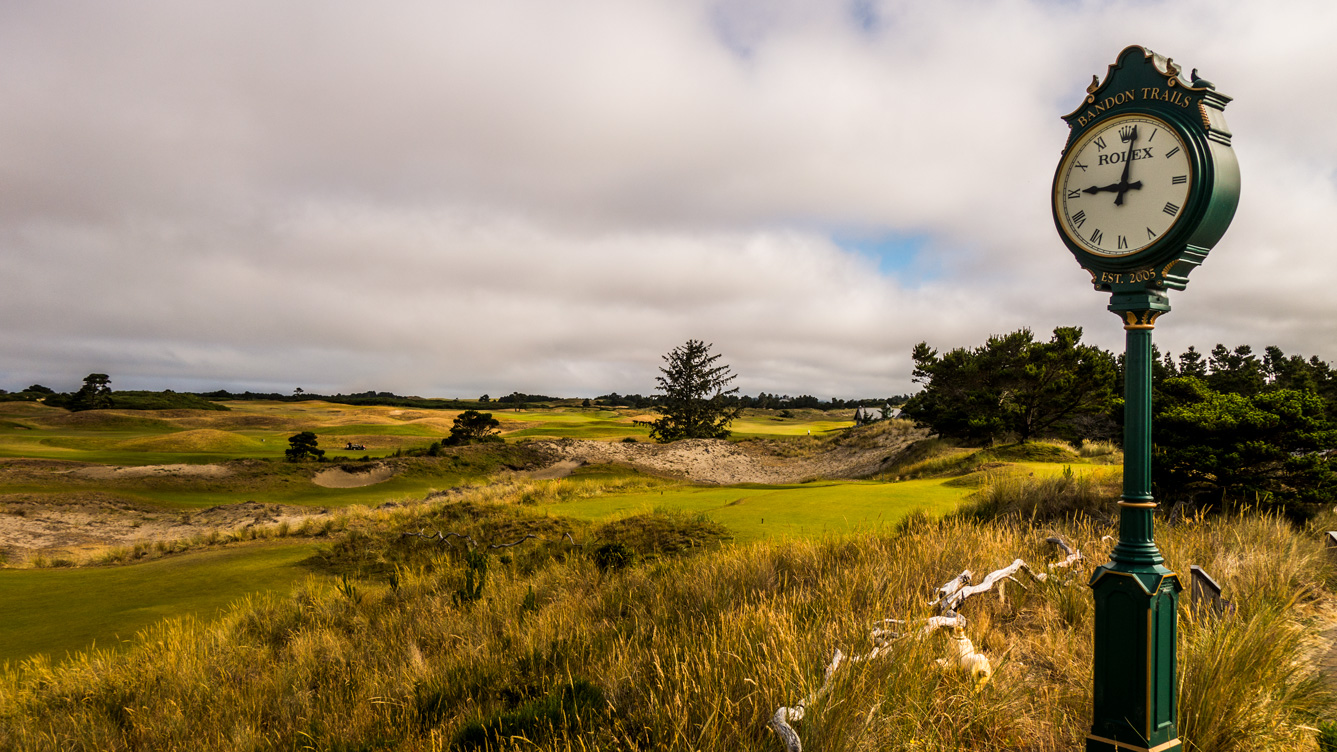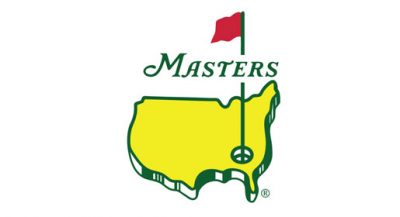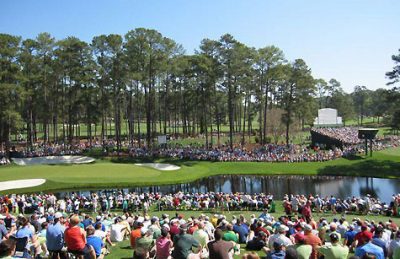Review: Donald Ross Course at French Lick Resort
Categories: Course Reviews • Golf Course Architecture • Golf Courses • Golf For Women • HOG World Tour • Reviews • Travel
Tags: Donald Ross • French Lick • Indiana Golf
Dornoch, Scotland born Donald Ross began his golf career as an apprentice to Old Tom Morris at the Old Course in St Andrews. Old Tom was the greenskeeper for the Old Course in St Andrews and had designed many of the most famous courses in Scotland and the UK including Carnoustie, Prestwick, Muirfield, Machrihanish, Jubilee, and Balcomie Links. I’ve played a few of those.
Ross moved to the United States in 1899 where he began arguably the most successful architectural career in the history of golf. Ross is credited for designing 600 golf courses. Amongst those 600 are some of the world’s most famous and respected courses, which still stand the test of time. A few of Ross’s most notable courses include Pinehurst No. 2, Seminole, Oak Hill and Oakland Hills. A couple of others I like to add to the list are ones I’ve had the pleasure of playing, Burning Tree and Aronimink Golf Club. Ross’s courses are known for being natural and taking advantage of the lay of the land, not the “earth mover” type of golf architecture.
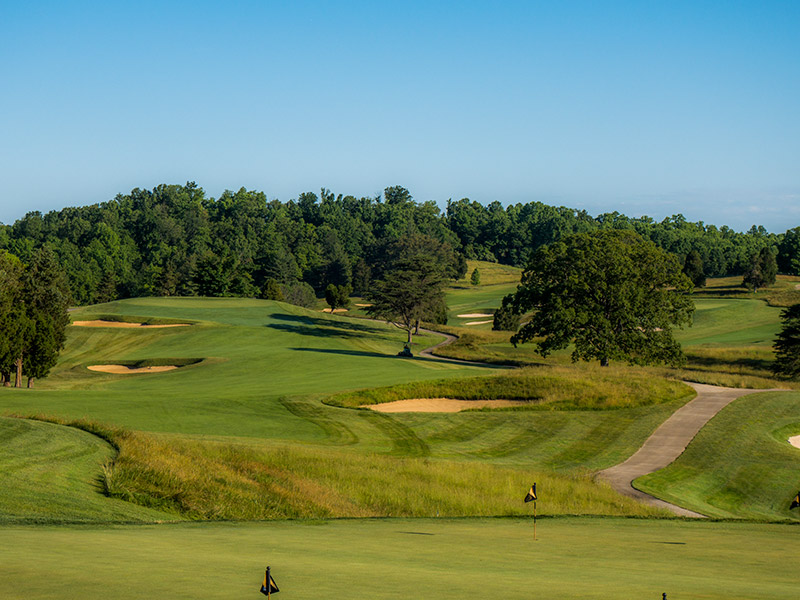
The Ross Course at French Lick opened for play in 1917 and has recently undergone a $5 million renovation to bring it back to Ross’s original design. Golf courses, like living beings, grow and change over time. In the renovation, bunkers which lost their nearly 100 year battle with the elements and nature were restored to their original specifications.
Overview
The Donald Ross course at French Lick is a par-70. Don’t let that fool you into thinking it is short or easy. In fact, the course clocks in at 7,030 yards which is long even for a par-72 course. The rating from the tips (the Gold Tees) is a strong 72.3 with a slope of 135. A solid test of golf. To accommodate players of all abilities and ages, there are four total sets of tees, the shortest measuring 5,050 yards.
Tee
The way each hole presents itself from the tee of the Ross course is so visually appealing. The landscape is hilly and features some very large elevation changes. The tees challenge the golfer to execute an accurate shot or find strategically placed penal areas including bunkers, hazards, long native grassy areas, and trees. Some tee shots are blind and the help of some course knowledge or at the least, a local caddy is a great thing to have.
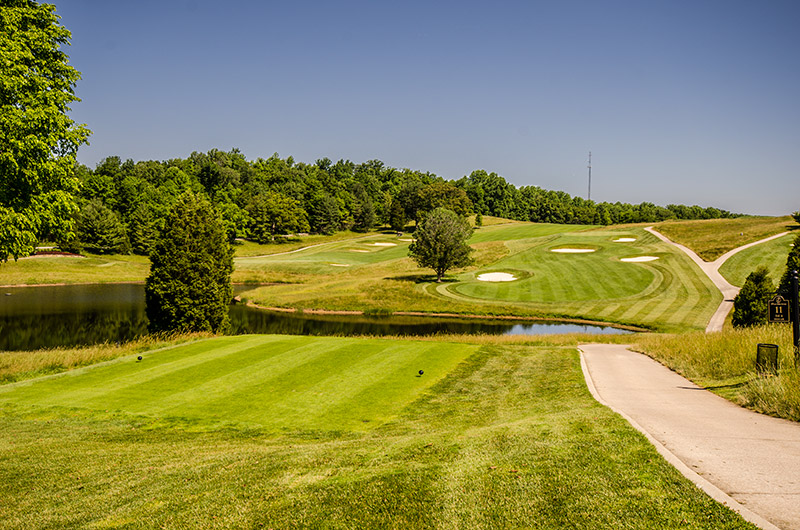
The numerous sets of tees are not boringly arranged on one flat piece of ground a few yards apart. Rather, each tee set offers the golfer different yardages, elevations, and angles to the target. Regular golfers could create a very different playing experience by simply changing tees from round to round, or even making up their own combo set.
Fairway
The fairways at the Ross course are welcomingly wide. That said, there are very few flat areas on the property. The golfer will be challenged to hit a straight from the fairway due to the undulations and uneven lies.
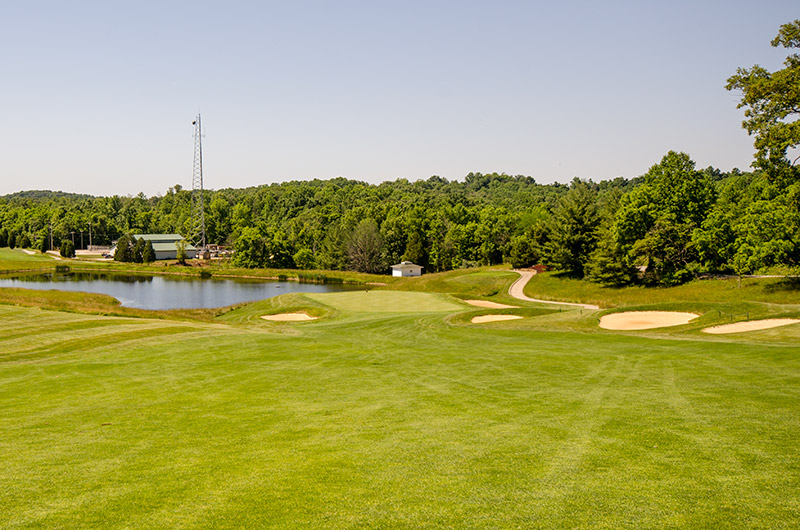
Strategically placed bunkers can and will penalize shots which are not placed in the fairway.
Green
Donald Ross is well known for his amazing greens at courses like Pinehurst, Oakland Hills, Aronimink. Ross’s greens at French Lick are truly amazing; the prime feature of the golf course. Many of the greens feature the Ross trademark “upside down soup bowl” design, where any shot or even putts too close to the edge are rejected and end up rolling off into collection areas or false fronts. Those upside down bowl greens (photo below) present some very difficult challenges in the short game. The player can try hitting a high soft shot, bumping a low shot into the hill and onto the green, or my default choice which is putting. Getting up and down from greenside at the Ross Course is an accomplishment.
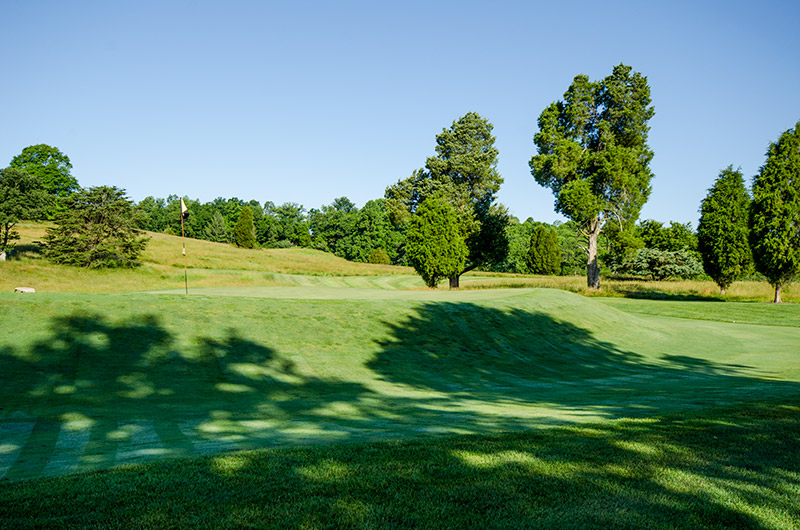
In fact, getting in the hole in two putts is an accomplishment. Due to the undulations, slopes, tiers and bowl edges, putting the Ross greens is the biggest challenge of the entire golf course. A two-putt on any green feels like a birdie. 3-putts can actually be a solid play.
Stay below the hole at all costs. Because of the speed of the greens and the incredible slopes and undulations, shots which end up above the hole are most often dead. Stay below the hole, even if that means missing the green short.
Clubhouse
The clubhouse at the Ross Course oozes history and class. The pro-shop is full of great equipment and apparel and a great staff who are extremely helpful and pleasant to interact with.
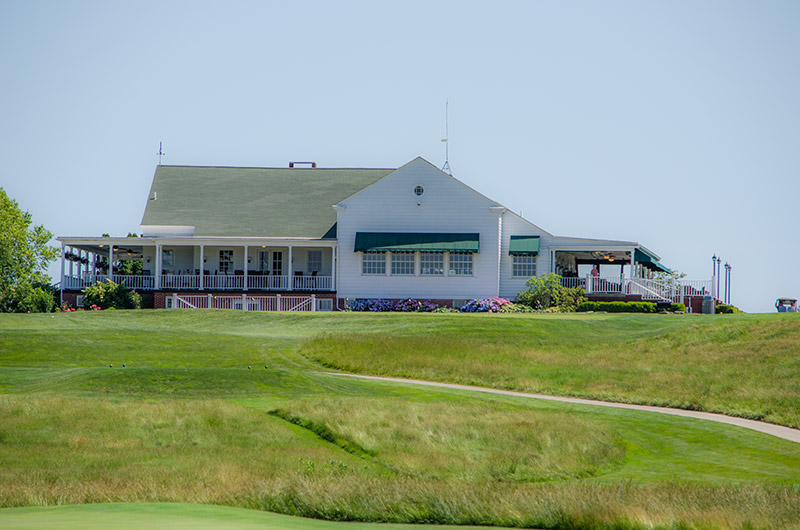
Hagen’s Restaurant has a large indoor and outdoor seating area (right side of above photo). I enjoyed great food and great service between rounds on a 36-hole day. Hagen’s is named after Walter Hagen, who won the PGA Championship there in 1924.
Practice Area
The Ross course has an adequate putting/chipping area with a fantastic view (first photo), and very close to Hagen’s to insure the frosty beverages are topped off.
One drawback to the Ross and my only critique: there is no driving range.
Conclusion
The Ross Course is a pristine gem, full of history and personality. It will challenge golfers of all abilities and especially those like me, who consider themselves good putters. Be sure to plan a trip to French Lick to experience this historic golf course. The French Lick Pete Dye course (review coming soon), the Ross Course, and the French Lick Resort and Casino make for a tremendous golf buddy trip.
HOG World Tour Visits the Donald Ross Course at French Lick Indiana
Categories: Golf • Golf Course Architecture • Golf Courses • Golf Life • HOG World Tour • Site News • Travel
Tags: Donald Ross • French Lick
This past week the HOG World Tour was in French Lick, Indiana to check out two courses from two very different and equally famous golf course architects, Pete Dye and Donald Ross. The Donald Ross Course was the first on the menu, and I loved the entree so much I went back through the buffet a 2nd and 3rd time.
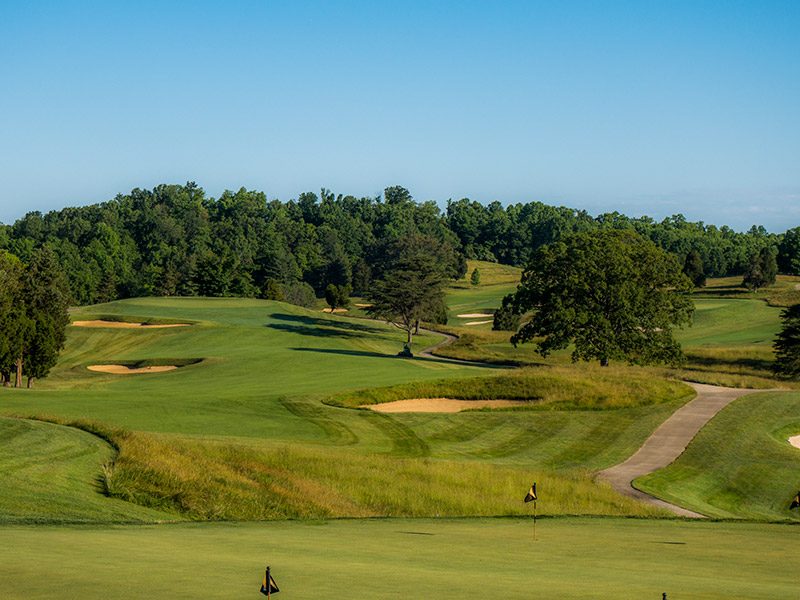
The Donald Ross Course 10th hole (left) with the practice putting green in the foreground
This was one of the more challenging Donald Ross courses I’ve played due to the large amount of elevation changes and horizontal movement of the holes. And the greens were some of the most extreme I’ve ever putted. Putting or chipping from above the hole is nearly impossible.
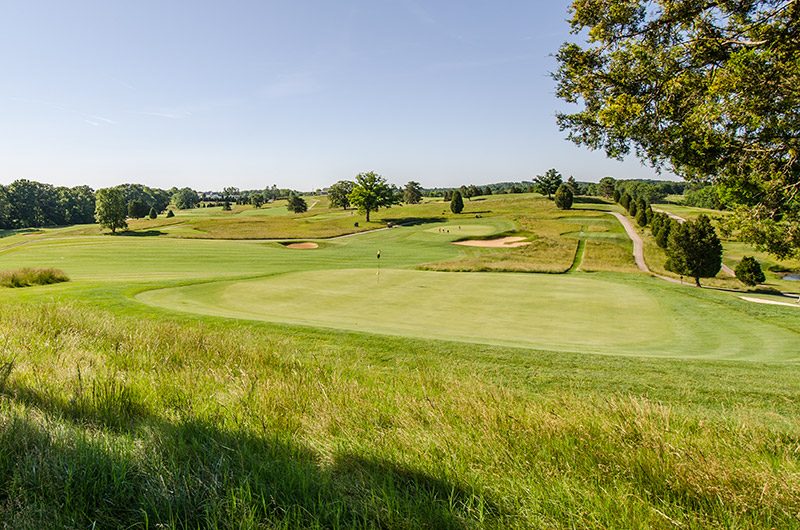
Par-3 4th Hole – 240 Yards
I was able to play this fabulous old course (1917) three times. It’s ranked 71st in Golf Digest’s Top-100. I’ll be posting my full review of the experience soon, but wanted to do a quick share and a couple of photos prior to that. Stay tuned.









